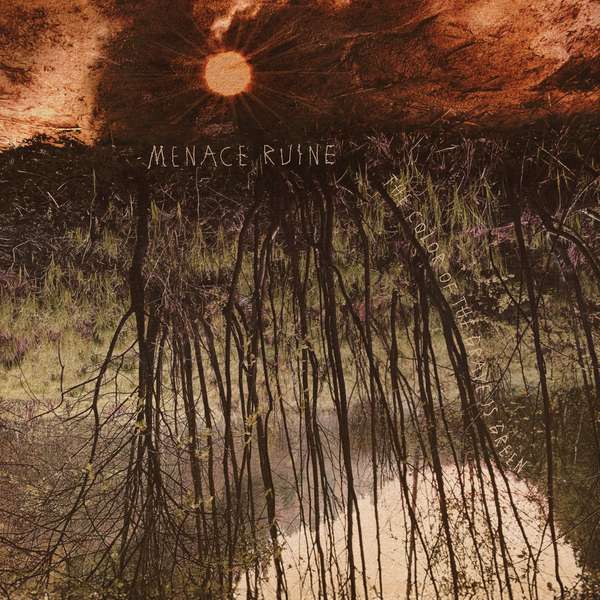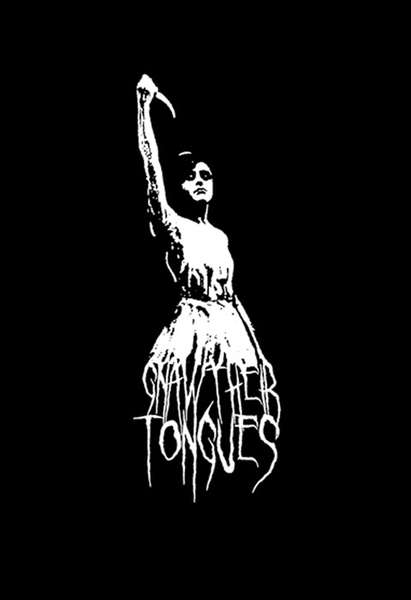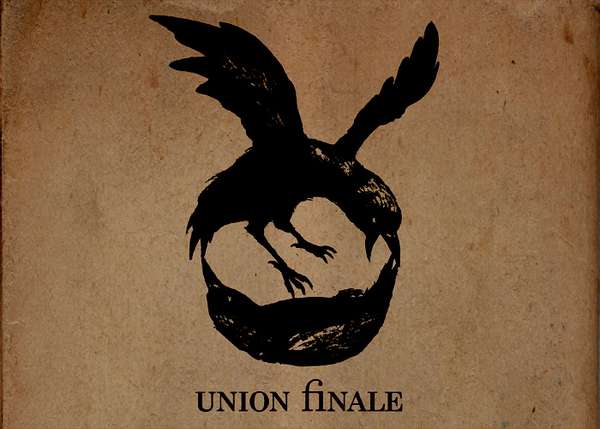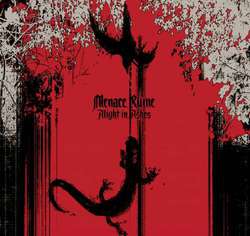One of the most unique voices in extreme music, Menace Ruine stand out in their sonic evolution. The duo of Geneviève Beaulieu and Steve de la Moth started out in a raw, uncompromising fashion, merging black metal and industrial to create absolute havoc in Cult of Ruins and The Die is Cast. In the coming years, they would expand this palette further, letting ambient notions and neofolk structures define their core. That is where they produced their most stunning work, with Alight in Ashes and Venus Armata standing out.
In 2022, Menace Ruine's Nekyia shows them performing an experiment akin to Dead Can Dance's Spiritchaster. They moved away from the earthly world and called the spirits of the dead. If Nekyia was a form of katabasis, then The Color of the Grave Is Green sees Menace Ruine ascend to an earlier state, a return to form. But this time, they are imbued with the knowledge of this journey between states, which informs their compositions.
The folk element is once again central, drawing influence from the richness of the neofolk tradition. These can take a wide range, from moments that are closer to traditional folk, like "Let It Flow," where Geneviève's delivery is truly immersive, to times where a darker perspective dwells. "Chthonic Heart" offers this doomed and dreadful sense, which also fits Menace Ruine's medieval fantasies. As has always been the case, the duo are fascinated by this era. It is mirrored in their compositions, the prime example being "Through the Waterfall." In this case, the faster pace sets a different paradigm from such earlier offerings, like "Salamandra" from Alight In Ashes.
Yet, this fascination with the past is not simply transferred. Menace Ruine revitalize this core with further machinations. The industrial component is such a key element. The start of "Once a Ghost" is elevated through its slow, precise progression, standing as the ceremonial backdrop to this madrigal. "Mingled and One" veers toward trip-hop, a startling detour that yields one of their most adventurous moments. The progression is intricate, and the final descent, to a moment of nauseating delirium, is one of the highlights.
In the same spirit, the drone dimension is another area where The Color of the Grave Is Green excels. "Courtship Dance" relies on intricate sound crafting, the feedback being molded to provide the necessary support for Geneviève's delivery. In this mode, Menace Ruine showcase an excellent timbral understanding, capable of channeling both darkness and light. "At The Mid-Moment of the Night's Dividing" contorts the sound of an organ, creating a towering and distorted structure to plunge all into despair. On the other hand, "Broken By Fate," despite its pessimistic title, takes on a luminous form and closes the record on a glimmer of hope, or at least serenity.
The Color of the Grave Is Green does not alter Menace Ruine's state, nor is it a further evolution of their sound. The same components have been present in their music for the past decade. Menace Ruine no longer need to evolve radically. Their strength lies in refining, intensifying, and uncovering new subtleties within a well-forged vocabulary.
8/10



